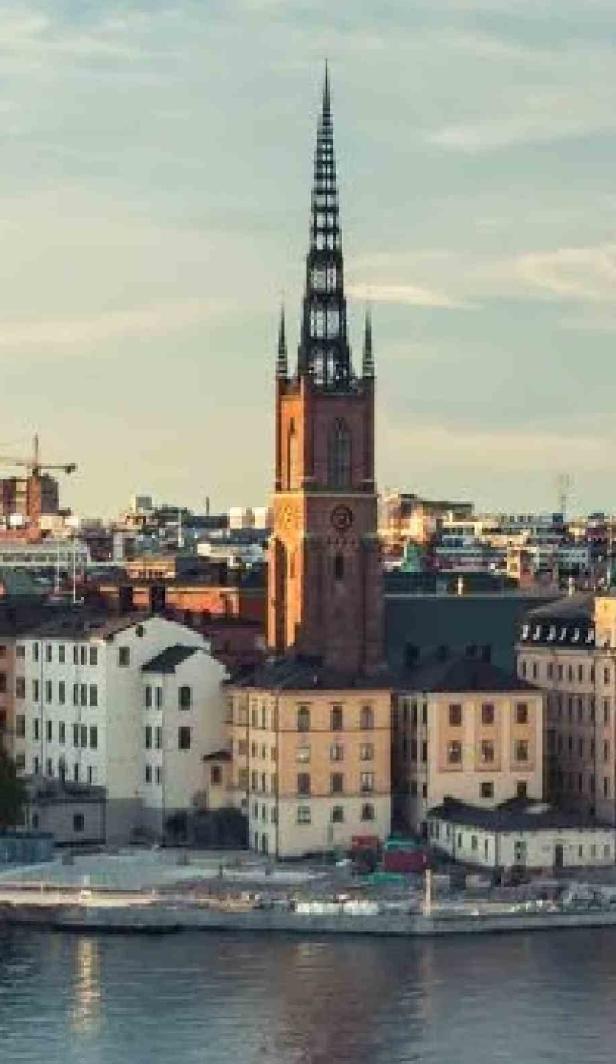History of Peru coffee
Interestingly, Peru was the first country in the America’s to receive coffee plants and they began growing the crop around the mid-1700s. The coffee grown in the region was mainly enjoyed by the locals and wasn’t exported for a good while, but that all changed in the late 1800s when disease came to Indonesia and its surrounding countries. This disease affected the growth of coffee beans and effectively destroyed Asia’s coffee industry, leading to European buyers to hunt for coffee to fill the gap, a spot that was quickly filled by Peru.
Coffee export was booming and by the early 1900’s, Peru began to export coffee on an even larger scale. During this time England also accepted over 2 million hectares of coffee growing land as payment for a defaulted loan and they started coffee growing plantation-like farms, causing production to increase drastically. However, when the world wars occurred, England was forced to sell the land back to Peru, which led to it being re-distributed amongst the local farmers. This was a positive move as it gave the local farmers more autonomy, but this also damaged production as exportation became exceedingly more difficult.
The lot of coffee growers in Peru has changed for the better in recent years with the increase in popularity for coffee. This has seen more investments put into farms and coffee networks in order to improve the lives of those involved in the coffee industry, whilst also producing delicious coffee. Currently there’s over 100,000 coffee farmers in Peru and it’s quickly establishing itself as a well-respected coffee growing country.

Peru coffee growing
Peruvian coffee is produced on a smaller scale in farms of no more than 7 and a half acres. Working together is a key aspect of coffee growing in the region as farmers will form cooperatives and share major expenses such as joint drying mills and international exports. All coffee is picked by hand and grown from the tropical Amazon basin to the dramatic Andean Mountains.

Growing regions
Peruvian coffee is grown in the north, central and southern regions of the country. The following are some of the most notable coffee growing areas:
- • North: Piura, Cajamarca, Cutervo, Amazonas and San Martin
- • Central: Huánuco, Pasco and Junin
- • South: Cuzco, Ayacucho and Puno
Fair-trade movement
The fair-trade movement began in 2002 and today, Peru is actually one of the main producers of fair-trade, organic grown coffee globally. Following the fair-trade movement of 2002, the Café Feminino Inititative was formed in 2003 to support fair pay and better conditions for women in poverty working in the coffee industry. As part of the initiative, a group of women created their own coffee growing operation where they still work to this day to protect the rights of female coffee farmers.
Peru coffee flavour
The most common type of coffee bean grown in Peru is Arabica which is loved for its smoother and sweeter taste, and this is reflected in the flavour of Peruvian coffee. However, the altitude in which the beans are grown also have an impact on the flavour. Beans grown at high altitude are mild acidity, medium bodied, with floral and fruity notes with undertones of nuts. Low altitude coffee beans are brighter in acidity, floral and sweet and smooth.
That’s our guide to Peru coffee and what makes it so unique! Want to continue exploring the coffee hotspots of the world? Check out our guide on Jamaican coffee next.
Today’s community favourites




